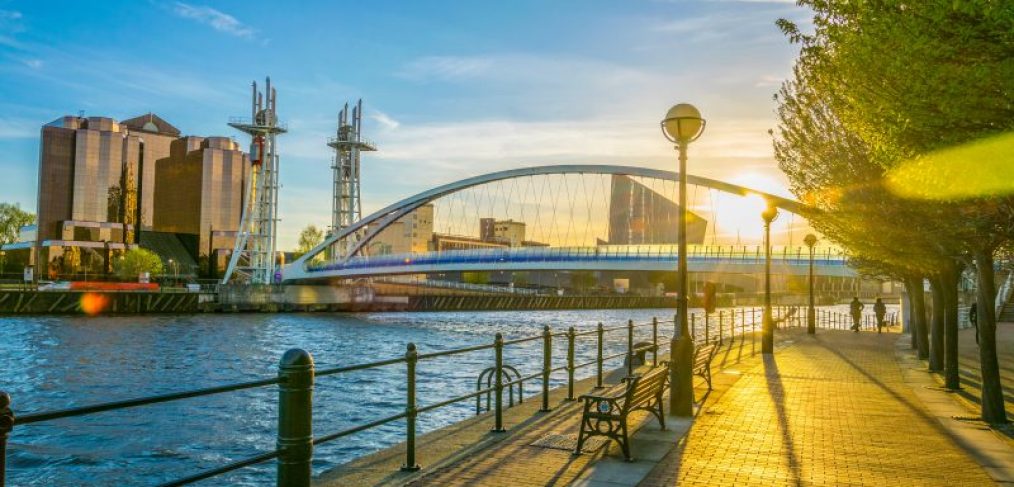
Greening the City
Residential Associate Director Matt Pickering shares insights from CRTKL’s Manchester panel and the conversation that ensued about the value of the 11.4 million trees in Greater Manchester to both the economy (£33 million) and to people’s well being.
Recently, CallisonRTKL’s Manchester office hosted the second event in our Human-Centric Urbanism series. We’re talking to people driving change in Greater Manchester, and asking them how, why and what next?
Our first event considered mobility across the city region, where we heard about Walk Ride GM– a grassroots movement which encourages active travel across Greater Manchester.
Last week, we considered whether this spirit of change extends to the greening of the city region by soliciting the input of three changemakers on the motivations and impact of their work: Jonathan Miley from Exterior Architecture, who designed the Manchester Garden at Chelsea Flower Show 2019; Sian Day from charity City of Trees; and Joe Weeks, owner of High Peak Cider.
Manchester’s history as the home of the industrial revolution means that streets are narrow, parks are few, and trees are scarce. I asked Jonathan, Sian, and Joe about the value of trees and greenery to our city.
City of Trees published research this year which identified the economic value of Manchester’s 11.4 million trees at £33 million. “They account for carbon sequestration, a [reduction in] surface water, and are important for health and wellbeing,” Sian explained, “For example, People tend to get better quicker when they can see trees outside their hospital.”
Jonathan reflected that climate change is pushing greening higher up his client’s agendas but that they also “understand the [economic] value that green infrastructure and green spaces and trees bring to their development.” He’s confident that the RHS garden is changing people’s perceptions of Manchester. He wants to create new habitats, along streets which make our communities move, enjoyable to live in.
We’re not just the home of the industrial revolution. We’re also a creative city with a large population and we care about our people.
Joe Weeks talked about innovations coming from our creative communities. He runs High Peak Cider which works on a simple premise: local people bring their apples for pressing and receive cider or apple juice in return minus a percentage retained as ‘payment’ for pressing services. It builds community, “Year after year you see the same people turning up, having conversations with people they met the previous year, asking how their apples have got on.” And it makes money: cider and apple juice are sold to bars and cafes to fund the project. I can vouch for its quality.
There’s scope for other community initiatives which give back: beehives and guerrilla gardening demonstrate how we can gain immediate tangible benefits from greening whereas the impact of climate change can perhaps seem too far away to drive a mass, people-led movement. Dave Carter from the University of Manchester talked about how this is happening right now in Seattle.
One thing that is clear from our two events: Change is easier when communities engage in the process.
About CallisonRTKL:
CallisonRTKL is a global architecture, planning and design practice. Over the last 70 years, we have created some of the world’s most memorable and successful environments for developers, retailers, investors, institutions and public entities. Our work has set us apart as the number one retail design firm in the world and a top-five architecture practice across multiple disciplines and sectors. Our team of nearly 1,200 professionals around the world is committed to advancing our clients’ businesses and enhancing quality of life. callisonrtkl.com
Media Contact:
Shineade Andric
Mobile: +44 07717 730 253
Direct: +44 20 7304 3543
Email: shineade.andric@crtkl.com
